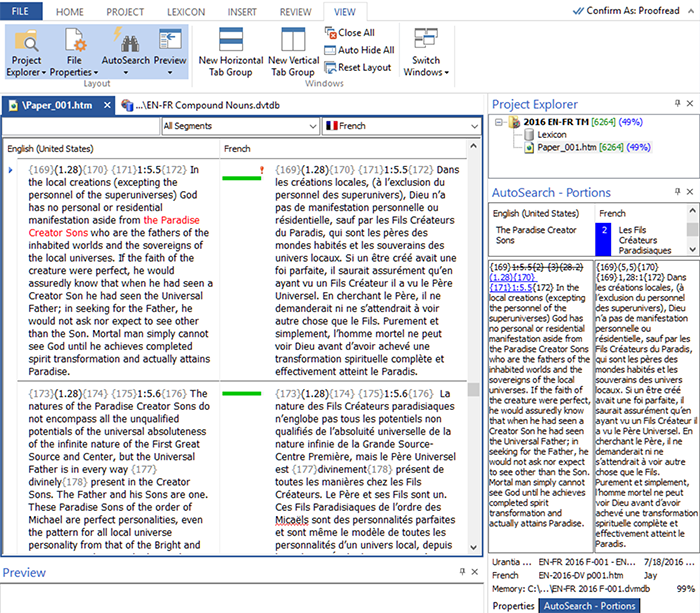
Contrary to his prediction, the blizzard strikes the area, preventing all travel out of Punxsutawney, and although he desperately searches for a way to leave, he is forced to spend the night in the town. He gives a half-hearted report on the groundhog Punxsutawney Phil and the festivities. On February 2, Phil awakens in the Cherry Street Inn to Sonny & Cher's " I Got You Babe" playing on the clock radio. He makes no secret of his contempt for the assignment, the small town, and the "hicks" who live there, asserting that he will soon be leaving his station for a new job.Ī private home in Woodstock, Illinois was used for exteriors of the Cherry Street Inn, the fictional location in which Phil awakens every morning in the film. Alongside his new producer Rita Hanson and cameraman Larry, Phil travels to Punxsutawney for his annual coverage of the Groundhog Day festivities. On February 1, television weatherman Phil Connors reassures his Pittsburgh viewers that an approaching blizzard will miss Western Pennsylvania. Groundhog Day was adapted into a 2016 musical, and inspired a 2019 video game sequel, Groundhog Day: Like Father Like Son.


In 2006, the United States Library of Congress selected the film for preservation in the National Film Registry. Groundhog Day is also credited with having ushered in mainstream acceptance of comedy films with fantasy-genre elements. Buddhist, Christian, and Jewish scholars have analyzed the film as a religious allegory. It has also had a significant effect on popular culture: the term Groundhog Day, meaning a monotonous, unpleasant, and repetitive situation, has become part of the English lexicon. In the years since its release, the film has grown in esteem it is often considered to be among the greatest films of the 1990s and one of the greatest comedy movies ever. The film was a showcase for Murray he had previously been seen only as a comic actor, and his performance led to more serious roles in critically acclaimed films. After filming ended, the pair did not speak to each other until shortly before Ramis's death in 2014.

For all its success, the film marked the end of Ramis's and Murray's long collaborative partnership, which had produced films like Caddyshack (1980) and Ghostbusters (1984). It received multiple award nominations and won a BAFTA Award for Best Original Screenplay. Reviewers were consistent in praise for the film's successful melding of highly sentimental and deeply cynical moments, and for the philosophical message beneath the comedy. It also received generally positive reviews. Groundhog Day was considered a box-office success on its release, earning over $105 million to become one of the highest-grossing films of 1993. Filming was difficult, in part because of bitterly cold weather but also because of the ongoing conflict between Ramis and Murray. Principal photography took place from March to June 1992, almost entirely in Woodstock, Illinois. After being cast, Murray clashed with Ramis over the script Murray wanted to focus on the philosophical elements, whereas Ramis concentrated on the comic aspects. It eventually came to the attention of Ramis, who worked with Rubin to make his idea less dark in tone and more palatable to a general audience by enhancing the comedy. He wrote it as a spec script to gain meetings with producers for other work.

Rubin conceived the outline of Groundhog Day in the early 1990s. The film also features Stephen Tobolowsky, Brian Doyle-Murray, Marita Geraghty, Angela Paton, Rick Ducommun, Rick Overton, and Robin Duke. Starring Bill Murray, Andie MacDowell, and Chris Elliott, it tells the story of Phil Connors (Murray), a cynical television weatherman covering the annual Groundhog Day event in Punxsutawney, Pennsylvania, who becomes trapped in a time loop, forcing him to relive February 2 repeatedly. Groundhog Day is a 1993 American fantasy comedy film directed by Harold Ramis from a screenplay by him and Danny Rubin.


 0 kommentar(er)
0 kommentar(er)
